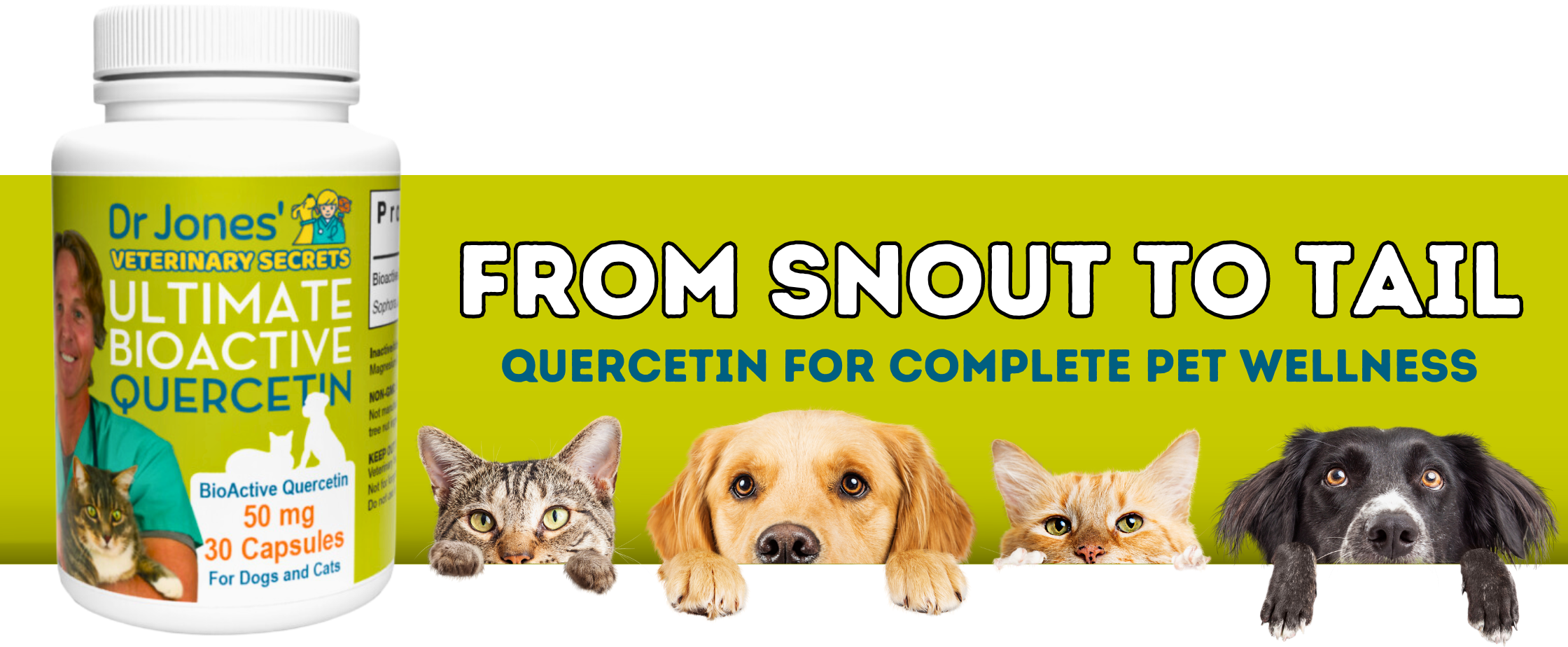How to Treat Your Dog’s Anal Gland Problem: Effective Home Treatments You Need to Know

Understanding Anal Glands in Dogs
Did you know that dogs have anal glands? These small sacks, located near your dog’s anus, serve for scent marking purposes. Each time your dog defecates, some fluid from these glands is expressed, giving their stool a unique scent. While they don’t seem to have a significant purpose, they can be a source of problems.
Signs of Anal Gland Problems
The most common sign of an anal gland issue is when your dog scoots, dragging its bum on the carpet. This behavior indicates that the glands are inflamed, irritated, or impacted. Other signs include excessive licking at the anus, a strong fishy smell, or visible swelling and redness. If you notice any of these symptoms, it’s essential to inspect your dog’s anal area for any abnormalities.
Natural Remedies for Anal Gland Issues
If your dog is experiencing blocked anal glands, there are several home remedies you can try:
- A hot compress with aloe vera and salt water can help loosen compacted material.
- For inflamed skin, consider using over-the-counter Preparation H, propolis spray, or CBD for its pain-relieving and anti-inflammatory properties.
- Regular exercise and increasing dietary fiber with ground flax or canned pumpkin can also aid in natural gland expression.

Expressing Anal Glands at Home
If your dog’s anal glands are impacted, you may need to express them manually. This process involves using gloves, lubrication, and a paper towel to catch the expelled fluid. Gently squeeze the gland with your thumb and forefinger to release the fluid. If the glands are too hard to express, it’s best to consult a veterinarian.
Dealing with Anal Gland Odor
To combat the fishy smell associated with anal gland issues, try a DIY doggy deodorizer. Mix warm water, apple cider vinegar, Castile soap, and lavender essential oil, and apply it to your dog’s rear area. This mixture can help kill bacteria and leave your dog smelling fresh.
Anal gland problems in dogs can be uncomfortable and smelly, but there are several natural remedies and preventative measures you can take at home. Regular exercise, a high-fiber diet, and proper hygiene can go a long way in keeping your dog’s anal glands healthy. If you’re ever in doubt, consult with your veterinarian for the best course of action.

Thanks
What is the ratio please to mix the water apple cider vinegar, lavender oil and Castile soap? Thank you so much
Here it is:
Warm water 1/2 cup
Apple Cider Vinegar 2 tsp
Castile soap 1 tsp
Lavender Oil 10 drops
Hello guys! Does anyone know if improper hygiene can cause this problem? My girl has been leaking the strong odour on the carpet…I take her swimming in the lake daily, which is why I wonder id the dirty water is causing it? I feed her high fiber already and home cooked meals. If anyone has any knowledge, please let me know. Thanks!
What about for a fiber supplement for dogs Acacia Senegal
Acacia Senegal, a soluble fiber derived from the sap of the Acacia tree, is gaining recognition as a natural supplement to support digestive health in dogs, particularly for those with anal gland issues. While not as commonly used as other fiber sources like psyllium, it offers unique benefits due to its gentle, non-fermentable nature, making it suitable for dogs with sensitive stomachs.
Benefits of Acacia Senegal for Dogs
Gentle Digestive Support: Acacia Senegal is a non-fermentable fiber, meaning it doesn’t undergo fermentation in the gut, reducing the risk of gas and bloating. This makes it ideal for dogs with sensitive digestive systems.
Anal Gland Health: By promoting firmer stools, Acacia Senegal can help naturally express the anal glands, reducing the need for manual expression and preventing discomfort.
Prebiotic Properties: It acts as a prebiotic, supporting the growth of beneficial gut bacteria, which is essential for overall digestive health.
You can also try our Probiotic Formula:
https://shop.veterinarysecrets.com/supplements/ultimate-probiotic-formula.html
My chihuahua enjoys finishing my plain Greek yogurt nearly daily but just recently he scooted out on the cement. Would giving more than licking my bowl plus a couple teaspoons if yoghurt be wise?
Feeding your chihuahua plain Greek yogurt in moderation can be beneficial for digestive health, as it contains probiotics that may support gut flora. However, excessive amounts can lead to gastrointestinal upset, especially if your dog is lactose intolerant. It’s important to monitor for any signs of discomfort or digestive issues.
We do have supplements best for gut health:
https://shop.veterinarysecrets.com/supplements/digestive-health.html